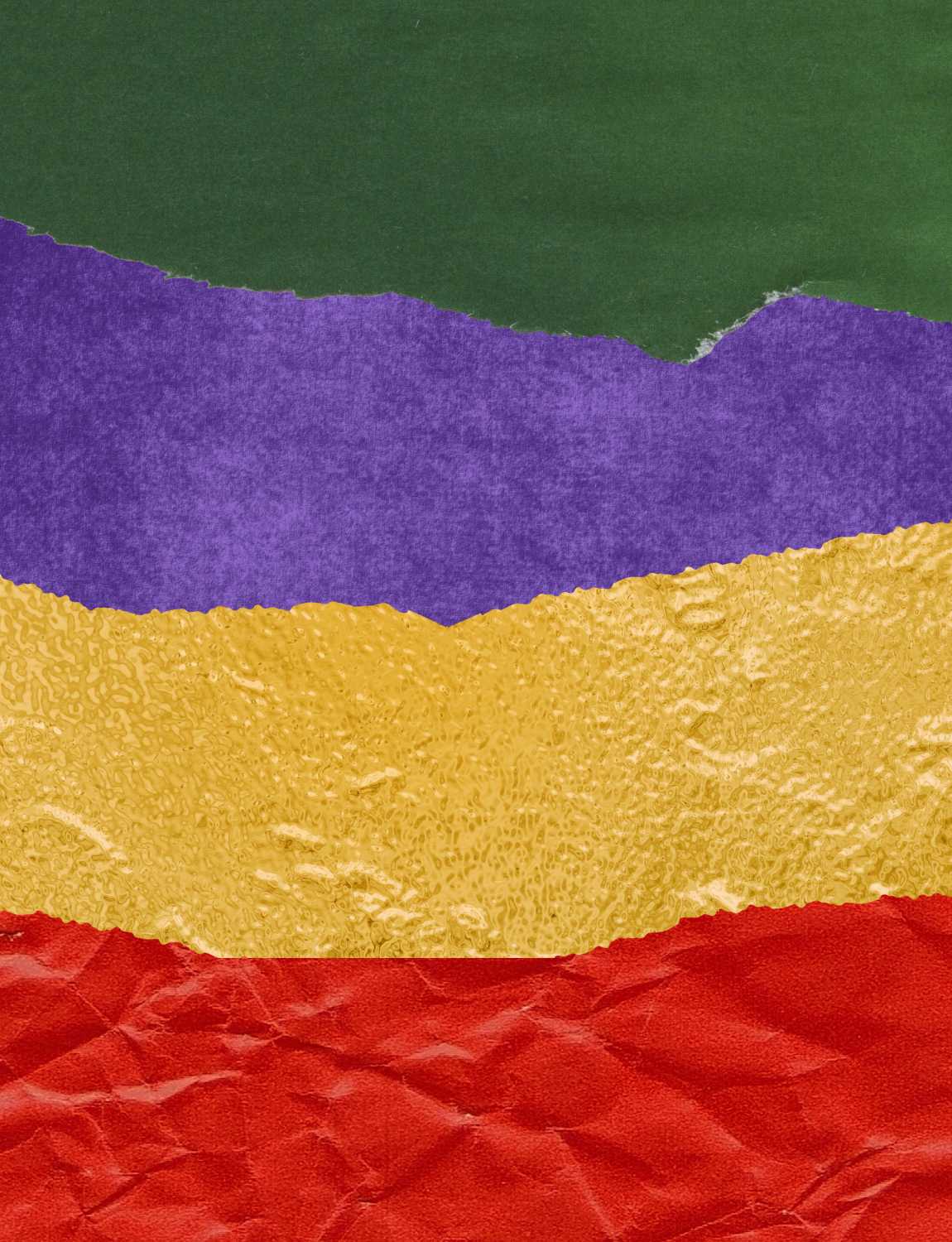The Liturgical Calendar of the Church

January 13, 2023
Author: Hannah DeVivo
Peace be with you!
Today’s blog post is about the Liturgical Calendar of the Church.
As I settled into this new year, I began to think about time and seasons. As humans, we experience many different seasons of life, each with its own joys and sorrows. I tend to dwell too much on the sorrows of whatever season I find myself in, and in doing so, come to resent those times. It feels “unfair” to me that things must be difficult, and I spend time wishing circumstances were always pleasant. It was in one of these times that I looked up a Bible passage that really resonated with me:
“There is an appointed time for everything,
and a time for every affair under the heavens.
A time to give birth, and a time to die;
a time to plant, and a time to uproot the plant.
A time to kill, and a time to heal;
a time to tear down, and a time to build.
A time to weep, and a time to laugh;
a time to mourn, and a time to dance.
A time to scatter stones, and a time to gather them;
a time to embrace, and a time to be far from embraces.
A time to seek, and a time to lose;
a time to keep, and a time to cast away.
A time to rend, and a time to sew;
a time to be silent, and a time to speak.
A time to love, and a time to hate;
a time of war, and a time of peace.” -Ecclesiastes 3:1-8
With the help of this passage, I am slowly beginning to understand what my parents always told me: “There is a time and a place for everything.”

What is the Liturgical Calendar?
Our worship as Catholics follows an annual cycle of the mysteries in the lives of Jesus and Mary, along with feasts of the angels and the saints. This annual cycle is called the Liturgical Calendar. It consists of eight seasons: Advent, Christmas, Ordinary Time, Lent, Holy Week, Easter, Pentecost, and Ordinary Time again.
Advent
The Liturgical Calendar begins with Advent, a time when together we remember the first coming of Christ and prepare for His Second Coming in the Parousia—His glorious presence—at the end of time.
Christmas
The Nativity of the Lord leads us into the Christmas season, which lasts until the Baptism of the Lord, when Christ was manifested to Israel.
Ordinary Time
Ordinary Time follows until Lent. Ordinary Time—from the Latin, ordinal, or counted weeks—refers to the Sundays which do not belong to a particular season.
Lent
Ash Wednesday inaugurates the season of Lent, a penitential season in which the Church calls us to slow down, reflect, repent, and return to the Lord, who is merciful and gracious, “slow to anger, abounding in kindness” (Psalm 103:8).
Holy Week
The forty days of Lent (excluding its Sundays) bring us to the Paschal Triduum, the three holiest days of our year, set apart for the most solemn liturgies. The Mass of the Lord’s Supper on Holy Thursday celebrates the institution of the Holy Eucharist and the priesthood. On Good Friday the Church celebrates the solemn Passion of Our Lord Jesus. Mass is never celebrated on this day, but instead the Church offers a service including the proclamation of the Passion, the veneration of the Cross, and the reception of Holy Communion. It is the Passion of the Lord.
Easter
After sunset on Holy Saturday, the Church celebrates the greatest and most solemn feast of the year: the Easter Vigil—the Resurrection of Jesus from the dead! The holy water fonts are empty, the lights are out, and the tabernacle is empty. In fact, the church is also empty, for the priests and people gather outside to light the new fire and the great Paschal candle, the symbol of Jesus, our risen Lord!
The deacon carries the Paschal candle into the church, as the assembly and priest follow, who soon hear the singing of the Exultet, the ancient chant recalling the great events of our salvation, from the fall of Adam and Eve to the Passover and Exodus of Israel from Egypt, to the Passion, Death, and Resurrection of Jesus. The Exultet is our passionate Alleluia of gratitude to God for giving us His only Son as our Redeemer, our Champion, our Rescuer, and our Deliverer, now and forever! Glory to God!
Pentecost
The Church celebrates Easter for 50 days, culminating in the glorious feast of Pentecost, when the Holy Spirit descended in in wind and fire upon Mary and the disciples, filling them with His power and birthing the Church, the Body of Christ, the New Israel.
Ordinary Time
Ordinary Time resumes after Pentecost and takes us up to the feast of Christ the King, the Alpha and the Omega, the Beginning and the End, not only of the liturgical year, but also of all history, and indeed of all reality.

The Colors of the Calendar
Liturgical colors are those specific colors used for vestments and hangings within the context of Christian worship or liturgy. These colors correspond to the historic liturgical seasons of the Church. Historically the Anglicans, Lutherans, Methodists, and others use a color scheme like that used by the Roman Catholic Church. Other Protestant churches do not use liturgical colors at all.
Advent: Purple or Royal Blue. This represents prayer and contemplation. The Third Sunday of Advent uses the color Rose, symbolizing our joy that Jesus’ birth is so near.
Christmas: Gold or White, which signify purity, light, glory and joy.
Ordinary Time: Green,which represents Life, hope and anticipation.
Lent: Purple. This signifies penitence and sacrifice.
Holy Week: White (Holy Thursday); Red (Good Friday); White (Easter Vigil)
Easter: White
Pentecost, Martyrs and Feasts of the Holy Spirit: Red for God’s love, blood and fire.
Ordinary Time: Green
The Liturgical Calendar is a beautiful way for us to follow and celebrate the timeline of our Faith. I hope this helps you to feel more connected to the Body of Christ and lean into the different seasons more fully. God bless you!
Before You Go
Do you have a Liturgical Calendar in your home?
Do you use the liturgical colors in accordance with their designated times?
Did you learn anything new in this article?
I would LOVE to hear from you. Send me an email to Catholic-Living@Autom.com Be sure to follow and subscribe to the links below for more tips and information.
![[Consumer]Autom [Consumer]Autom](https://cdn11.bigcommerce.com/s-zjzn8ssx4n/images/stencil/350x117/autom_w_tag_1641942220__31718.original.jpg)
